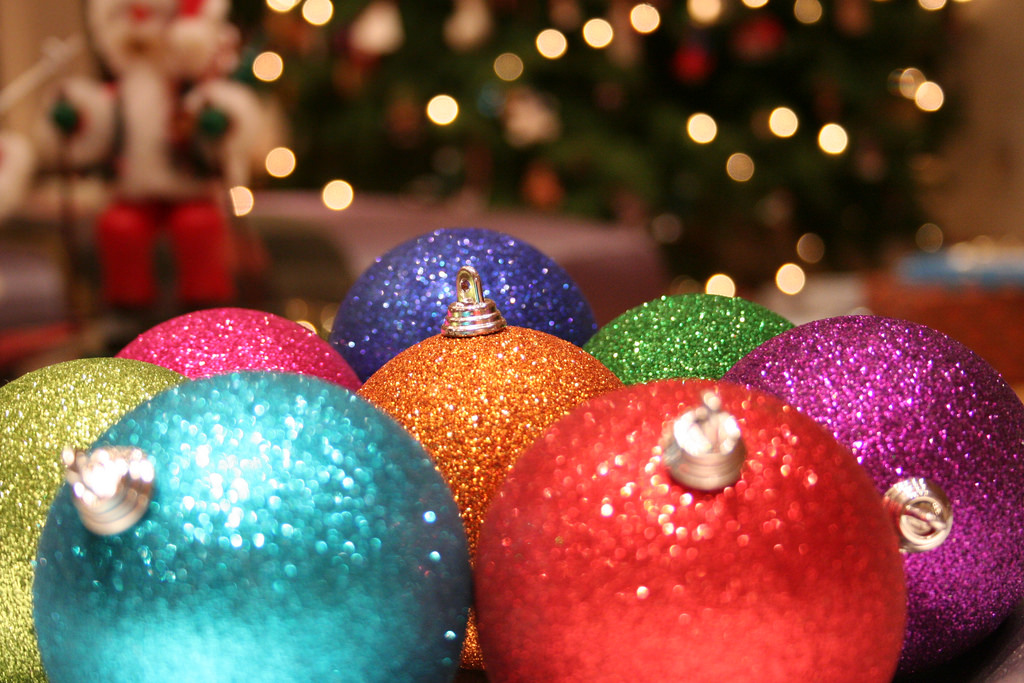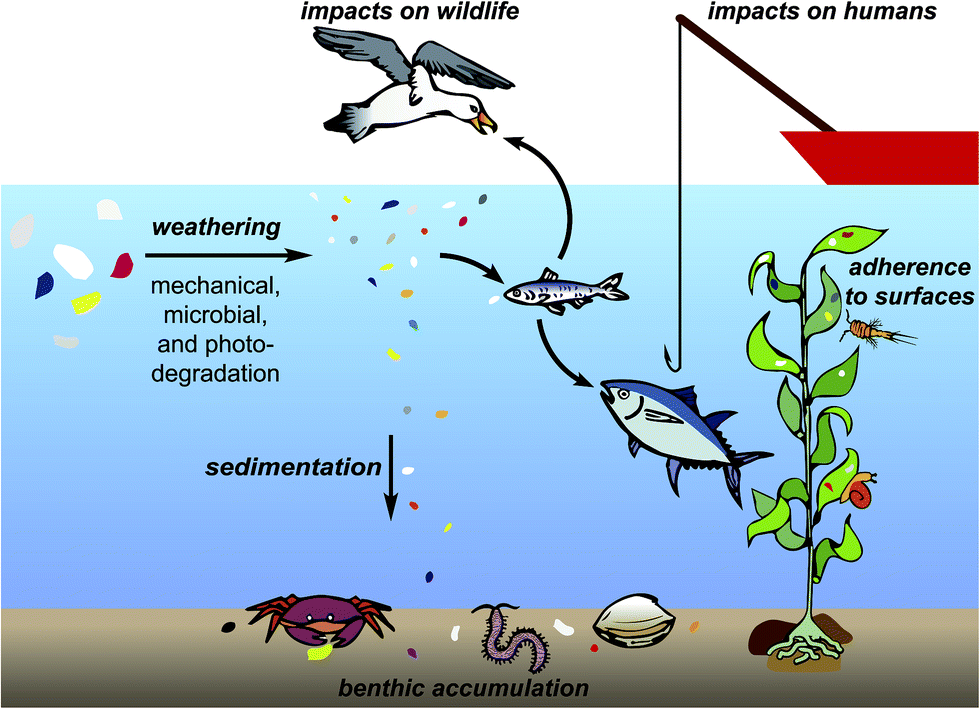 Have you used glitter before? The colorful and sparkly particles are mostly used in crafts, and even make an appearance in makeup!
Have you used glitter before? The colorful and sparkly particles are mostly used in crafts, and even make an appearance in makeup!
While glitter is an inexpensive way to jazz something up, scientists are calling for a ban on glitter because it is a source of pollution for rivers, oceans, and lakes.
Glitter is made of microplastics, tiny plastic particles that measure no less than 5 millimeters in diameter. While the ban is not official, it could become a reality – just as microbeads were banned last year.
Microbeads, like glitter, are a type of microplastics. You may have come across them as tiny beads in your shower gels and are used for exfoliating the skin. The U.S. has passed a law that bans companies from using microbeads in their products by July 2017.
Save the Oceans?

Glitter can become a pollutant when it floats into drains. Due to their minuscule size, they escape being caught by filters and make their way to oceans, lakes, and rivers.
Why are scientists concerned? Around 4.8 to 12.7 million tonnes of plastic are said to enter the ocean each year. Marine creatures often mistake microplastic for food, and some creatures, such as the Eurasian perch larvae, develop a preference for plastic over their usual diet. The tiny zooplanktons have been seen eating plastic as well, and as primary consumers, this affects the ocean food chain.
When marine creatures consume plastic, it changes their feeding pattern and energy levels, as well as causes blockages in their gut. Some research suggests that the dangerous chemicals in plastics can travel up the food chain to humans who eat marine animals as seafood.
How Glitter Became An Issue?
In mid-November, Tops Day Nurseries, a childcare provider announced that the 2,000 children under its care would not be using glitter this holiday season.
 “Glitter enters the environment by landfill, through the air being blown around,” the organization said. “It sticks to people’s hands and goes down the sink into the water system, it sticks to people’s clothes or mops, which go through the washing machine, and out into the water system.” Instead of glitter, Tops Day Nurseries is encouraging the use of rice and lentils as substitutes.
“Glitter enters the environment by landfill, through the air being blown around,” the organization said. “It sticks to people’s hands and goes down the sink into the water system, it sticks to people’s clothes or mops, which go through the washing machine, and out into the water system.” Instead of glitter, Tops Day Nurseries is encouraging the use of rice and lentils as substitutes.
This announcement caught on with scientists and environmentalists who likened it to microbeads. Some companies have begun to produce biodegradable glitter. For example, British scientist Stephen Cotton uses an extract from a eucalyptus tree and aluminum to produce environmentally friendly glitter.
In general, there are many ways you can help with plastic pollution besides avoiding glitter this holiday season. Choose a water bottle instead of constantly using bottled water, bring your own bag to the groceries, and recycle plastic.
Sources: Guardian, NYTimes, Livescience, eic.rsc.org, BBC







